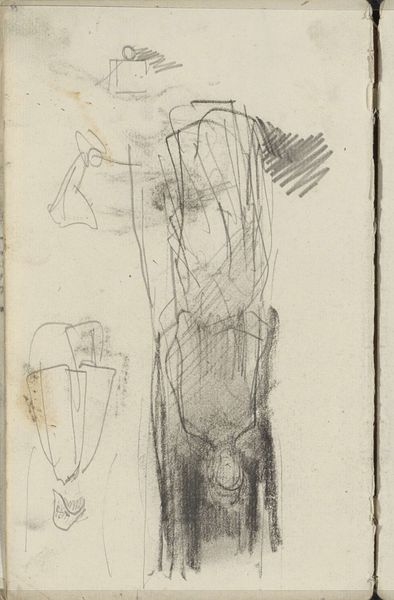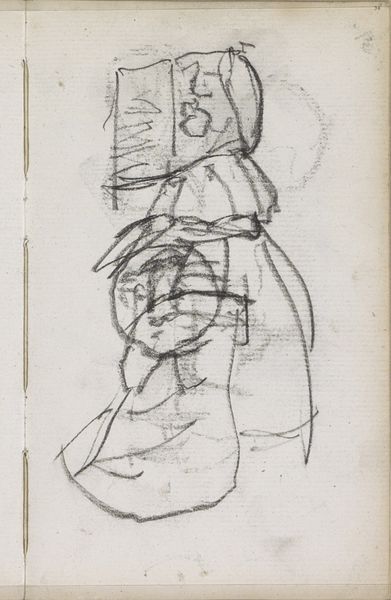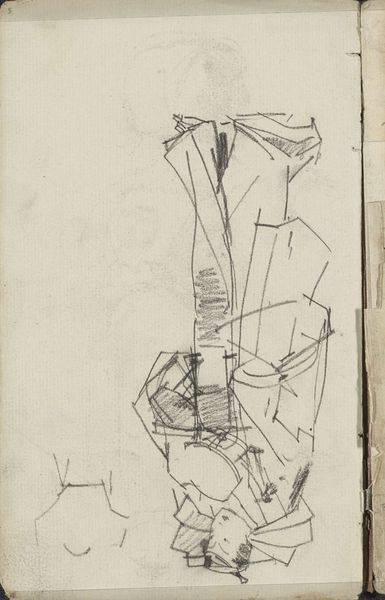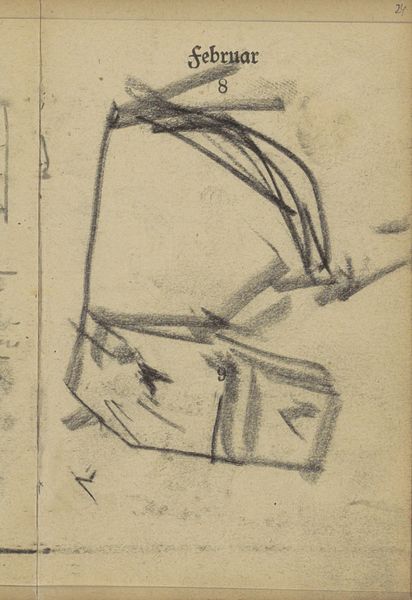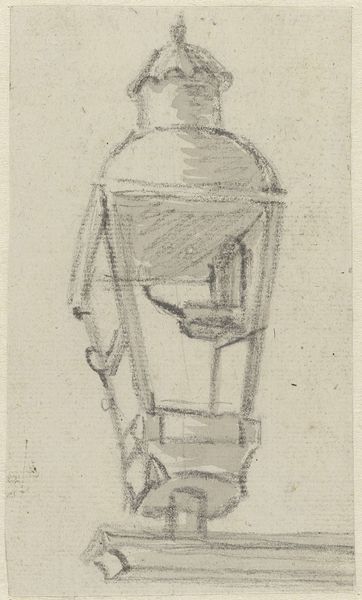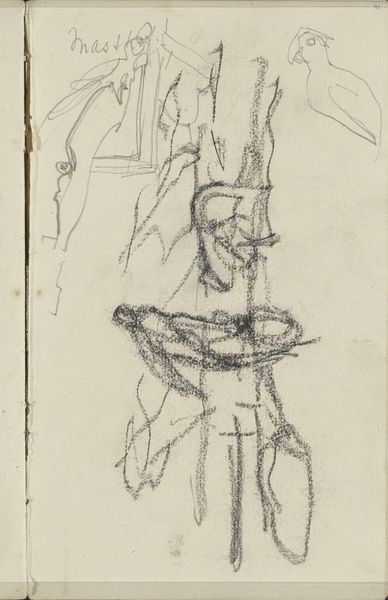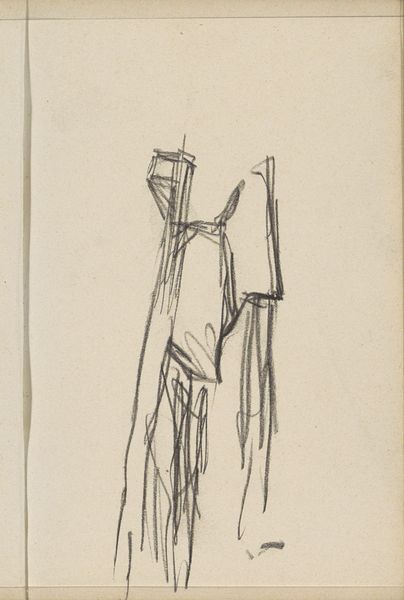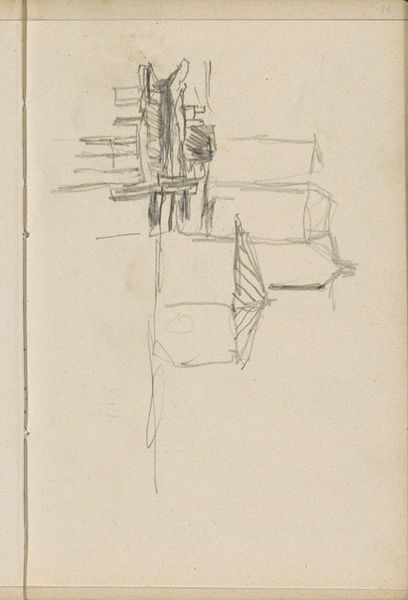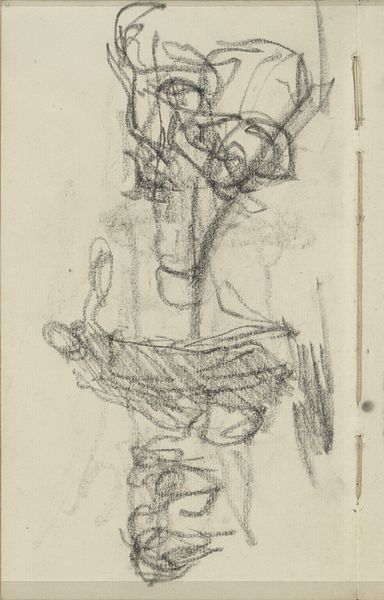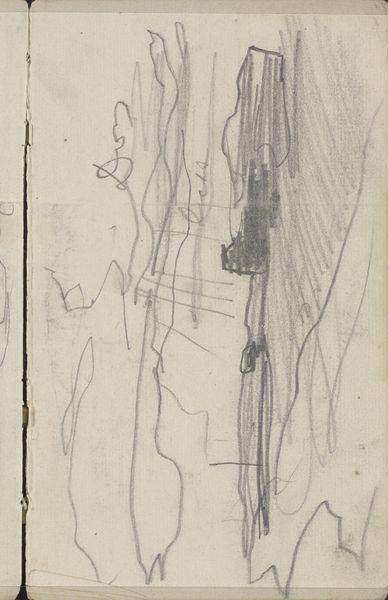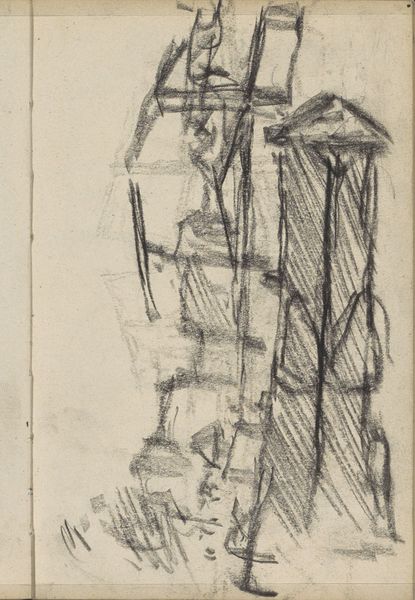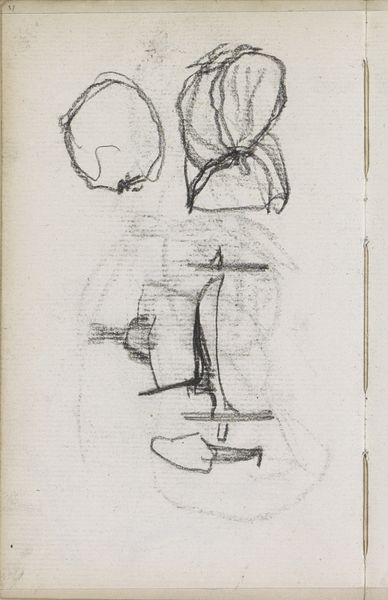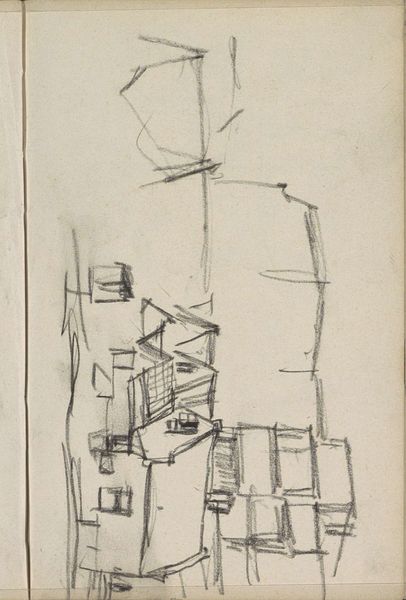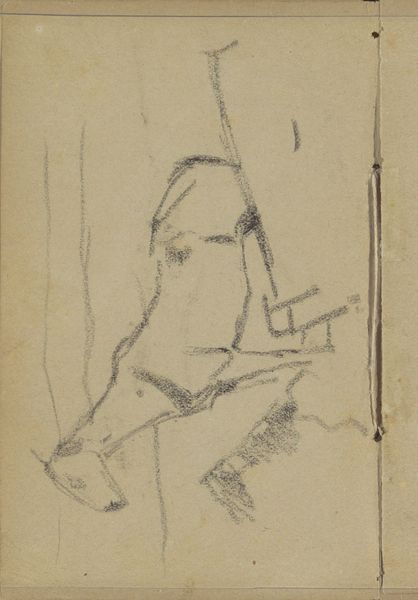
drawing, dry-media, pencil
#
portrait
#
drawing
#
figuration
#
dry-media
#
pencil
#
profile
#
realism
Copyright: Rijks Museum: Open Domain
Curator: Breitner's "Standing Young Woman," sketched between 1880 and 1882, greets us with an arresting immediacy. Editor: It feels incredibly raw, almost like catching a fleeting moment. The swift strokes give it a sense of arrested movement. Curator: Indeed, the medium itself – pencil on paper – speaks volumes. It highlights Breitner's emphasis on Realism through method. The rapid capturing of life, of a specific model’s pose and clothing, reflects the rapid industrialization of the late 19th century. How does the choice of material play into your understanding? Editor: Absolutely. The graphite, smudged and layered, hints at the rapid pace of production. The social context of art being created with humble material during a moment of extreme societal change further points to how artists respond to their time by repurposing easily accessed goods. We might ask ourselves about the labor behind the mass manufacture of pencils. Curator: Thinking of gendered context, I wonder about the figure’s anonymity and social location in Dutch society at the time. How does Breitner engage with portraying women within the era’s power dynamics? Does it allow space to critique representation, or does it fall short? Editor: Considering its sketch-like form, I think that Breitner wants the focus to be on a depiction of a woman from the 1880s captured at her material finest, using rough tools. It seems clear that a fully-formed and overly polished artwork was not of interest. The process reflects a very human interaction through accessible media. Curator: This dry-media drawing encourages us to investigate not only Breitner’s stylistic choices, but also the materials and processes embedded in the social circumstances in which the young woman would have lived. Editor: By observing his artistic process as it relates to larger commodity networks we better grasp art's impact within culture as a whole. Curator: Examining the act of making and its related context, further encourages discourse concerning representation and labor as relevant themes to consider when regarding this work.
Comments
No comments
Be the first to comment and join the conversation on the ultimate creative platform.
